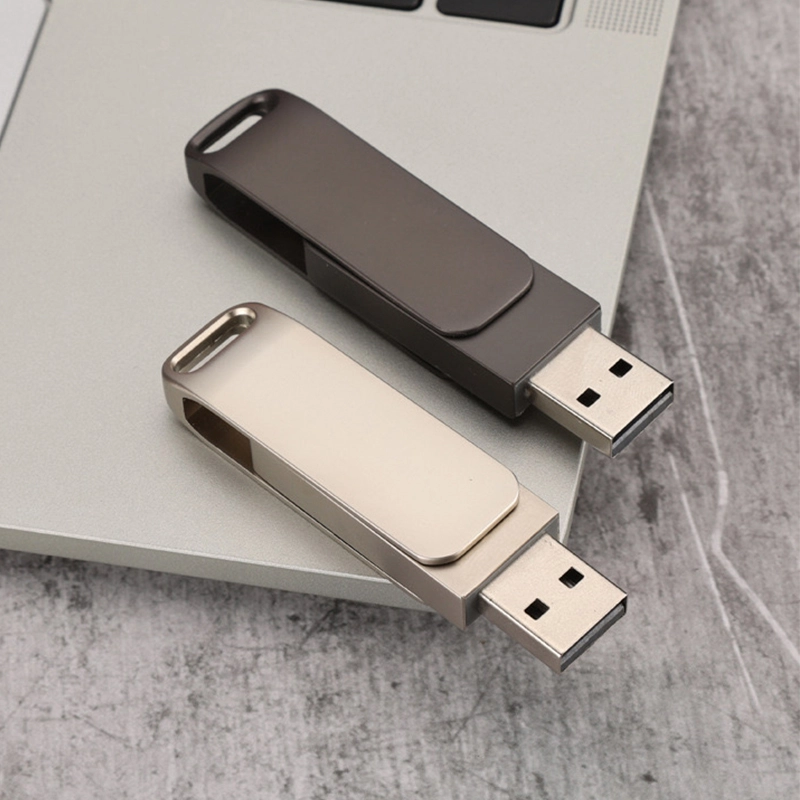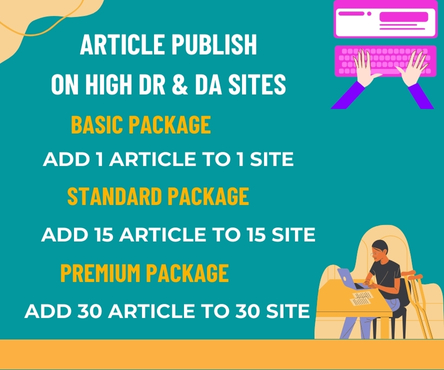In today’s fast-paced office environment, efficiency and productivity are key to success. One often overlooked aspect that can significantly impact workflow is the type of USB ports used in office computers and devices. High speed USB ports have become an essential component in modern offices, and for good reason.

What is High-Speed USB?
High-speed USB, also known as USB 3.0 or USB 3.2, is a type of USB port that offers significantly faster data transfer rates compared to traditional USB 2.0 ports. While USB 2.0 ports have a maximum data transfer rate of 480 Mbps, high-speed USB ports can reach speeds of up to 5 Gbps (gigabits per second) or even 20 Gbps with the latest USB 3.2 Gen 2×2 standard.
Benefits of High-Speed USB in the Office
So, why is high-speed USB important in the office? Here are just a few benefits:
- Faster Data Transfer: With high-speed USB, employees can transfer large files, such as documents, images, and videos, much quicker than with traditional USB 2.0 ports. This saves time and increases productivity.
- Improved Efficiency: High-speed USB enables employees to multitask more efficiently. For example, they can transfer files while working on other tasks, without experiencing significant slowdowns.
- Enhanced Collaboration: High-speed USB facilitates collaboration among team members. For instance, employees can quickly share files and work on projects together, without being hindered by slow data transfer rates.
- Support for High-Bandwidth Devices: High-speed USB ports can support high-bandwidth devices such as external hard drives, solid-state drives, and USB-based storage devices. This makes it easier to expand storage capacity and transfer large files.
- Future-Proofing: As technology advances, high-speed USB ports will become even more essential. By investing in high-speed USB-enabled devices and infrastructure, businesses can future-proof their operations and stay ahead of the curve.
Best Practices for Implementing High-Speed USB in the Office
To get the most out of high-speed USB in the office, consider the following best practices:
- Upgrade to USB 3.0 or Later: Ensure that all office computers and devices have USB 3.0 or later ports.
- Use High-Speed USB Devices: Invest in high-speed USB-enabled devices, such as external hard drives and USB-based storage devices.
- Implement a USB Management Plan: Establish a plan for managing USB devices and ports, including security protocols and device authentication.
- Provide Training and Support: Educate employees on the benefits and best practices of using high-speed USB in the office.
In conclusion, high-speed USB is a critical component of modern office infrastructure. By providing faster data transfer rates, improving efficiency, and enhancing collaboration, high-speed USB can significantly impact productivity and overall business success. By implementing high-speed USB and following best practices, businesses can stay ahead of the curve and achieve their goals.

